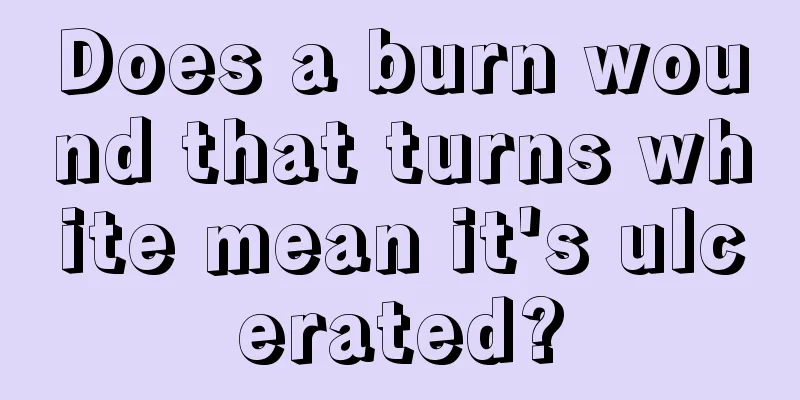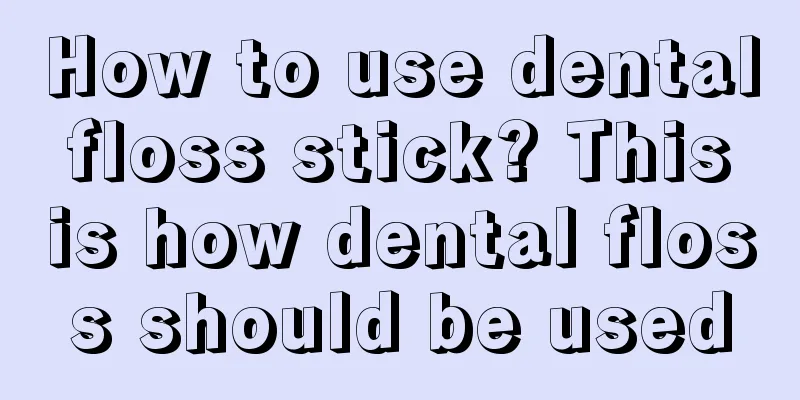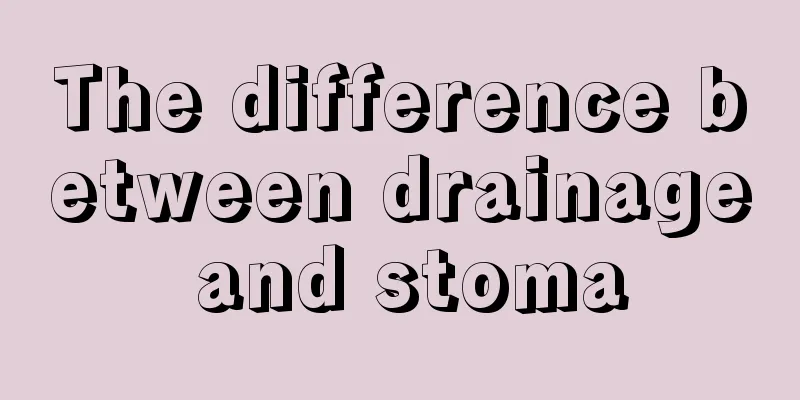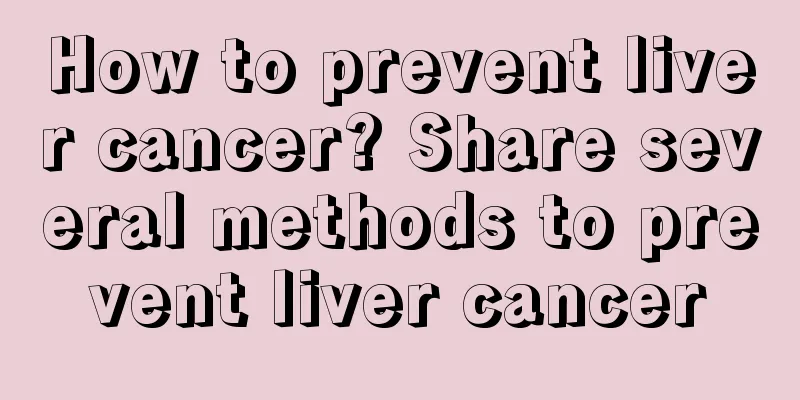Does a burn wound that turns white mean it's ulcerated?

|
For severe burns, care is very important for the patient. If you are not careful, it will become inflamed, ulcerated, and leave ugly scars. Generally, the whitening of the wound after a burn is likely to be infected and inflamed, or it may be festered. If it is more serious, such as a fever, it is best to go to the hospital immediately. In this case, it is best to go to the hospital for a check-up. At ordinary times, you must pay attention to keeping the burned area dry. Several misunderstandings in treating burns Misconception 1: Apply toothpaste, soy sauce, etc. to the wound wrong. It is unscientific to apply toothpaste, soy sauce, gentian violet, etc. on the wound after a burn. Because applying these substances on the wound will not only increase the chance of wound infection and increase the difficulty of medical treatment, but also affect the doctor's observation and judgment of the severity of the burn. Myth 2: Blisters after burns need to be pricked wrong. After a scald, many blisters will appear on the burned area. Some people will prick the blisters, which is actually equivalent to turning a closed wound into an open wound, increasing the chance of bacterial infection. Whether the blisters should be popped depends on the situation: if the blisters caused by burns are not very large and the epidermis is not damaged, there is no need to pop them. If the blister is too large, the pain is obvious, and the protein may be coagulated, you should use a sterile needle to prick the blister, squeeze out the water in the blister, and then cover the blister skin as it is. It is best to completely remove the necrotic epidermis, clean and disinfect it, and then cover it with a biological dressing. Myth 3: Do not touch tap water after being scalded wrong. Some people are afraid that there may be bacteria in cold water and they are afraid of infection, so they dare not rinse the wound with cold water. This is unreasonable. The best early treatment option after a burn occurs is local cooling. The sooner the flushing is, the better. Even if the burn has caused epidermal exfoliation, it should still be flushed with cold water. Do not be afraid of infection and dare not flush. Myth 4: After a burn, the patient needs to drink plenty of water wrong. Burn patients are prone to thirst in the early stages. At this time, do not give the patient a large amount of water, mineral water or beverages in a short period of time to avoid complications such as cerebral edema and pulmonary edema. The patient can be given small amounts of light salt water to drink multiple times to replenish the reduced blood volume after the burn and prevent or alleviate shock. Myth 5: If there is no pain after a burn, it means the burn is not serious wrong. In fact, it is quite the opposite. If the wound does not hurt, it means the injury is more serious. Because boiling water first damages the epidermis and then the middle layer of the skin, the pain nerves are destroyed and you will not feel pain. Therefore, if you do not feel any pain, it means that the burn may be very serious and has damaged deep tissues. You should go to the hospital for treatment in time. Myth 6: You can’t bandage burns in summer wrong. The skin is the most important barrier of the human body. Once the skin is damaged, bacteria can easily enter the body and cause infection. Therefore, after a burn, protecting the wound from bacterial invasion is the most important thing. Bandaging with sterile dressings can play a protective role. How to deal with burns correctly? Step 1: Rush Rinse with cold water or soak the burned limbs in clean cold water for 15 to 30 minutes until the pain and burning sensation are gone. Cold compresses can be applied to the trunk or other parts of the body to relieve pain and limit the progression of injuries. Step 2: Take off If you are wearing tight clothing when you are burned, take it off after rinsing with cold water or use scissors to cut it open and remove it carefully. Do not remove clothes forcibly to avoid breaking the blisters. Step 3: Soak For those with obvious pain, they can continue soaking in cold water for 10 to 30 minutes, mainly to relieve pain. Step 4: Cover Cover the wound with clean, sterile gauze or cotton cloth and secure it. This helps keep the wound clean and reduce external contamination. Step 5: Send Send to hospital as soon as possible for further treatment. Note: Minor burns can be treated by yourself, but more serious burns should be treated in the hospital immediately. If you don't feel any pain after being burned or scalded, it means the burn is not serious and you are fine. On the contrary, sometimes the less painful the wound is, the more serious the injury is. Because boiling water or open flames first damage the epidermis and then the middle layer of the skin. The pain nerves are destroyed and you will not feel pain. |
<<: How to restore the leaking tooth root
Recommend
What is the treatment method for advanced colon cancer
Colon cancer is a malignant tumor of the digestiv...
Is the whorl on top of the head genetic?
If you observe carefully, you will find that peop...
What causes cystic nodules in the right lobe of the thyroid gland
Everyone knows that there are several types of th...
List of must-have foods for the refrigerator
Refrigerators are an indispensable tool in people...
Is it good to drink milk on an empty stomach in the morning? When is the best time to drink milk
Is it good to drink milk on an empty stomach in t...
What are the complications caused by vitiligo
In today's context where appearance is import...
Can mint be used to make tea?
Mint is a flavor that many of my friends love. So...
What is the best treatment for liver cancer? The most effective methods for treating lung cancer
The best treatment for liver cancer: liver transp...
Can cervical cancer be inherited?
Cervical cancer column Cervical cancer is one of ...
How long can a person with advanced esophageal cancer who can't eat live?
The survival time of patients with advanced esoph...
What is the cause of intestinal tibial spasm
Intestinal spasm is a disease of the human intest...
Distribution of human internal organs
The distribution of our internal organs follows a...
What is the most serious case of tongue cancer
It is precisely because they understand the serio...
What are the causes of testicular cancer
What are the causes of testicular cancer? Patient...
What is brain cancer?
Brain cancer refers to malignant tumors in the br...









